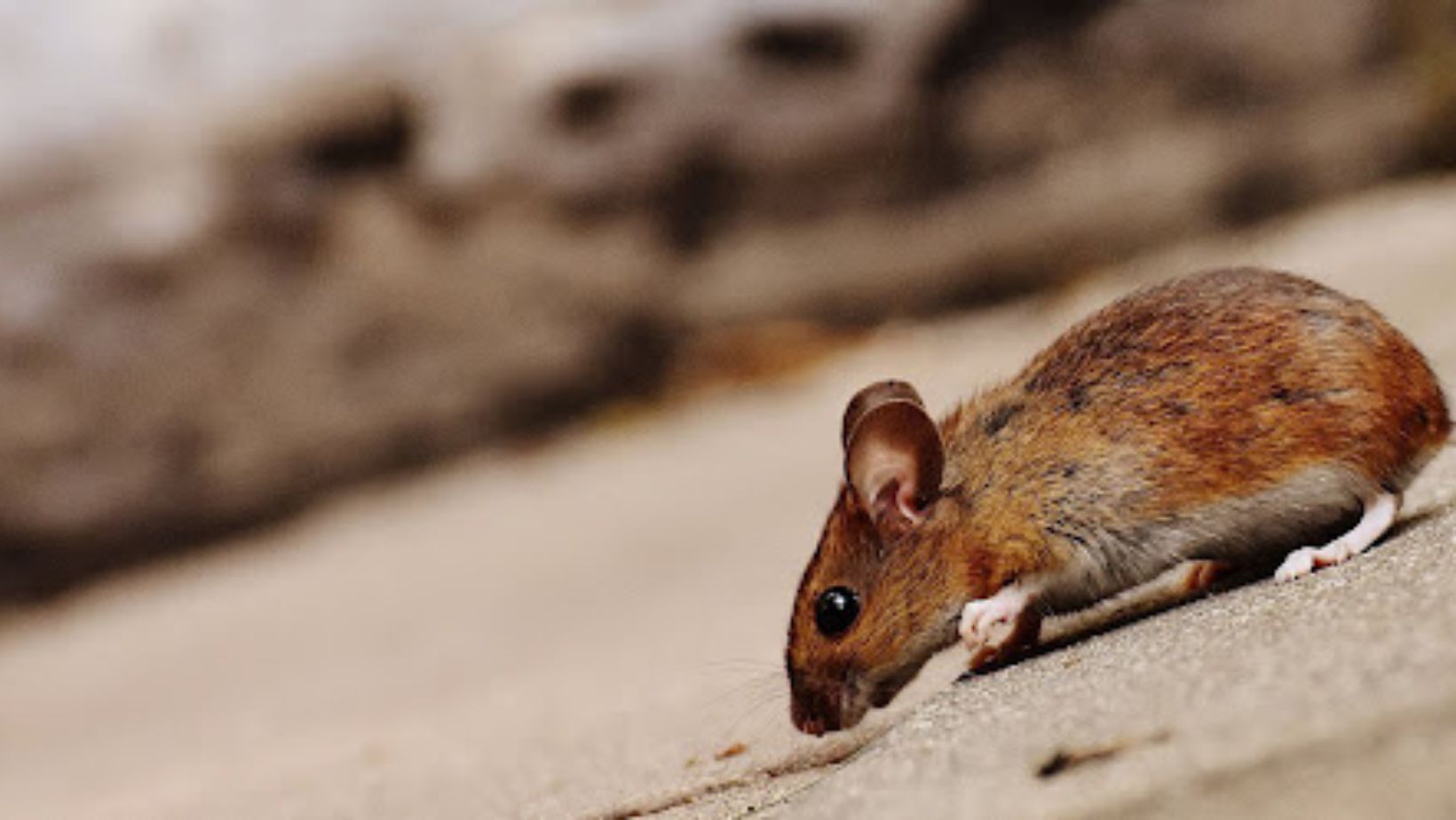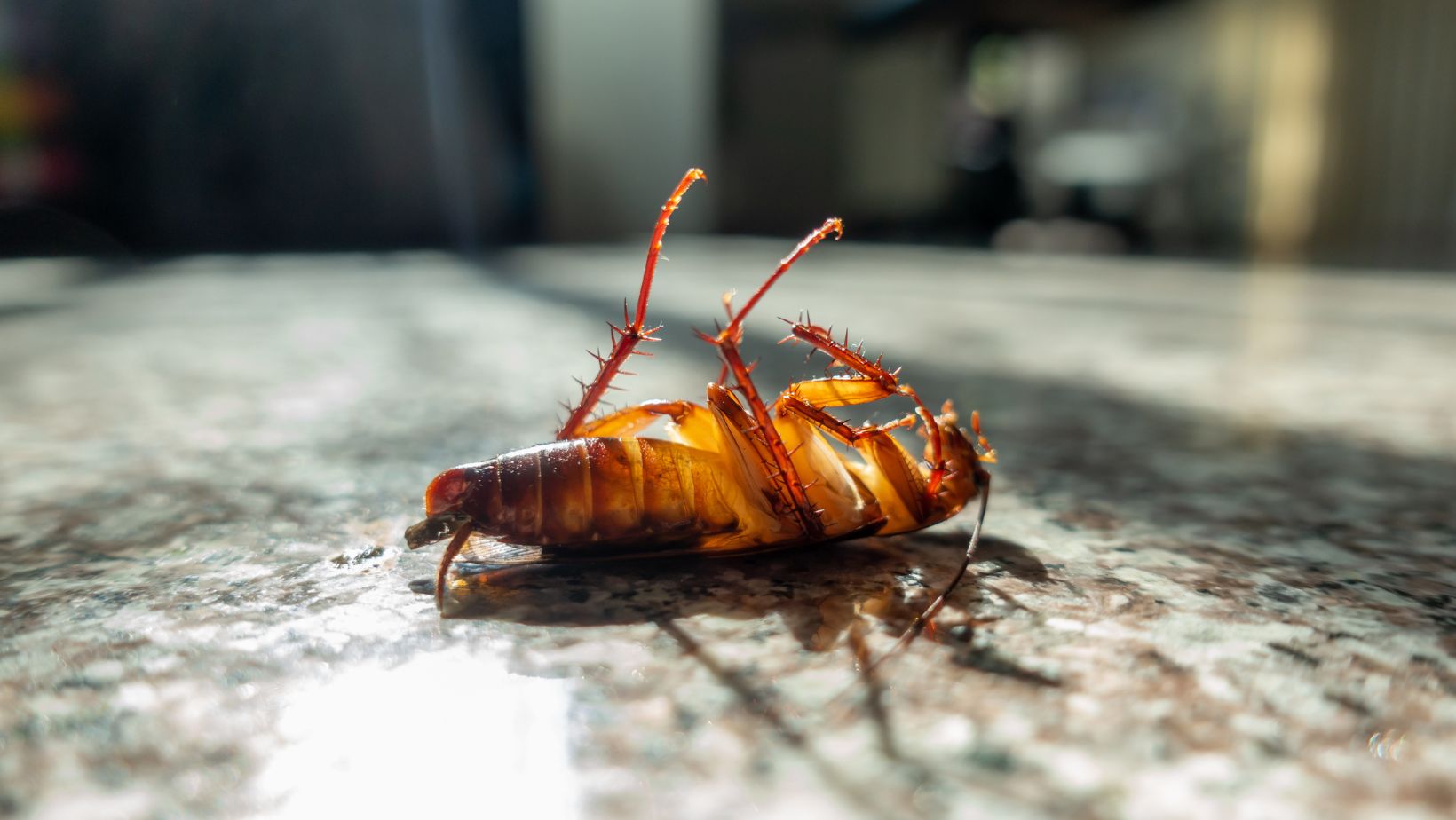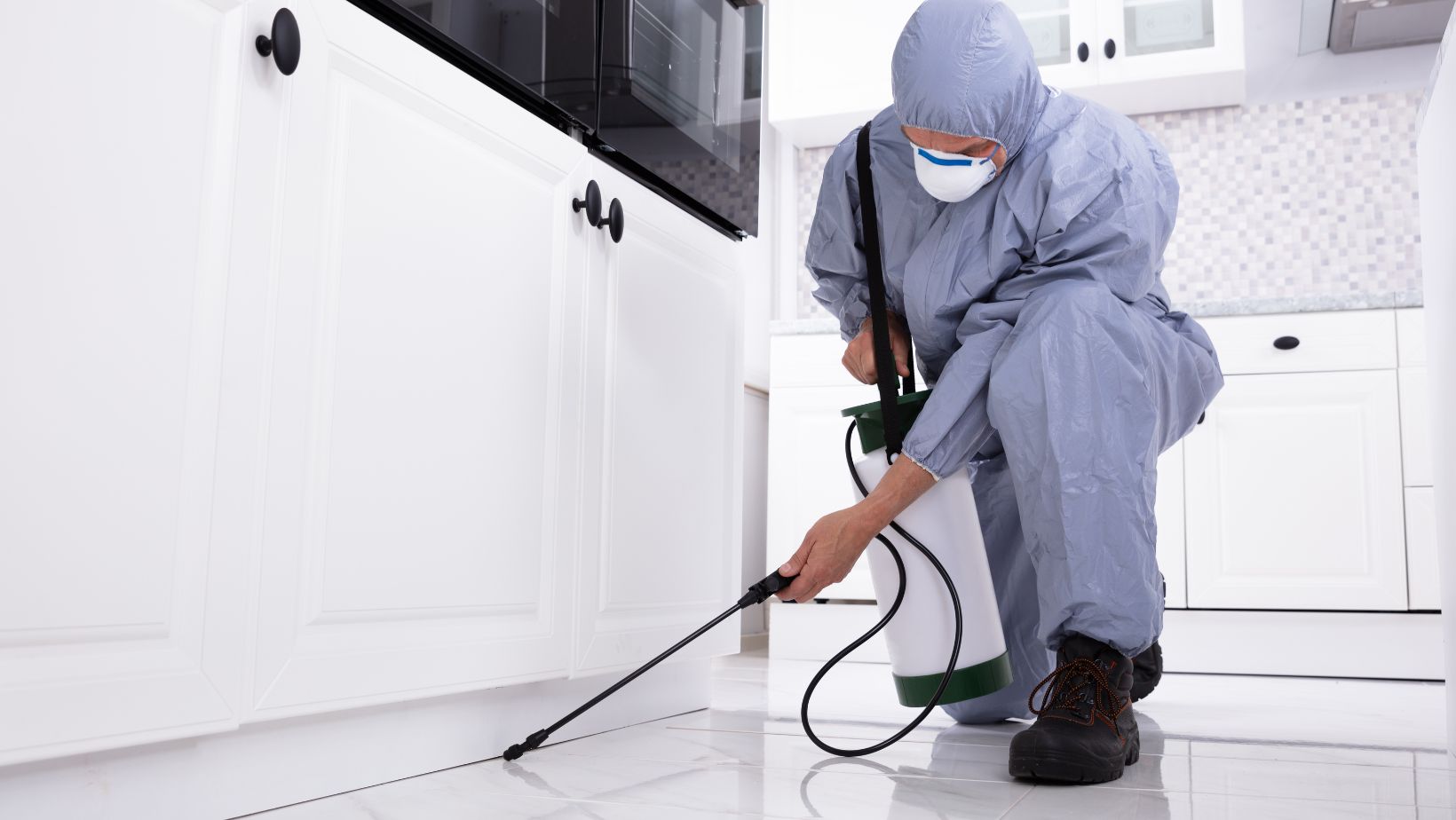
The sanctity of our homes is paramount, a safe haven where health and comfort should never be compromised. Yet, the presence of unwanted guests, commonly known as household pests, can disrupt this peace.
Home pest prevention is not just a matter of cleanliness or convenience; it is essential for maintaining the health and safety of our living spaces.
They are potential carriers of diseases and can cause significant damage to the structure and sanctity of our homes.
Understanding The Threat
Household pests come in various forms, each posing unique risks. Common invaders include rodents like mice and rats, insects such as cockroaches, ants, and termites, and other critters like spiders and bed bugs. These pests are not just unsettling to encounter but can also cause substantial harm. By caulking entryways, employing ant baits, and maintaining a dry and clean environment, tiny ants in bathroom can be managed. effectively.
Rodents are known for their destructive chewing on electrical wires, which can lead to fire hazards, while their droppings can spread diseases like Hantavirus and Salmonella. Insects such as termites can compromise the structural integrity of a house, leading to costly repairs.
Recent statistics on pest infestations highlight a growing concern. A study by a leading pest control company revealed a notable increase in residential pest control requests, indicating a rising trend in household pest issues.
For example, there was a significant rise in reports of rodent infestations in urban areas, with a notable increase in calls for termite and bed bug treatments. These numbers underscore the importance of proactive pest management in preserving the health and structural integrity of our homes.
Preventive Measures
Proactive steps are essential in keeping your home a safe and pest-free environment. Implementing preventive measures is the first line of defense against the invasion of unwanted critters. By understanding and addressing potential vulnerabilities in your home’s defense, you can significantly reduce the likelihood of pest infestations.
Sealing Gaps and Cracks
Exterior Checks: Regularly inspect the exterior of your home for gaps, cracks, or holes. Pests like mice, insects, and spiders can enter through tiny spaces.
Sealant Solutions: Use appropriate materials like caulk, steel wool, or weather stripping to seal these openings. Pay special attention to areas where utilities and pipes enter your home.
Maintaining Cleanliness
Indoor Hygiene: Keeping your home clean is crucial in deterring pests. Regularly vacuum and clean floors to remove food particles and potential nesting materials.
Trash Management: Dispose of garbage regularly and use bins with tight-fitting lids to prevent attracting pests like rodents and flies.
Proper Food Storage
Kitchen Practices: Store food in sealed containers. Be vigilant about cleaning crumbs and spills, especially in kitchen areas.

Pet Food Storage: Store pet food in airtight containers and avoid leaving it out overnight, as it can attract pests.
Yard Maintenance
Landscaping: Trim vegetation away from your home’s exterior. Overgrown plants can provide shelter and breeding grounds for pests.
Water Management: Eliminate standing water in your yard, as it can attract mosquitoes. Ensure gutters and downspouts are clear and functioning properly.
Natural And Chemical Repellents
Natural Repellents
Essential Oils: Oils like peppermint, lavender, and eucalyptus can deter certain pests. Use them in diffusers or diluted sprays.
Herbs and Plants: Plants such as basil, mint, and lemongrass can act as natural repellents for certain insects.
Chemical Repellents
Safe Usage: When using chemical repellents, follow the manufacturer’s instructions carefully. Consider the safety of children and pets in your home.
Targeted Treatments: Choose repellents that are specifically designed for the pests you are dealing with. For example, ant baits for ants, rodent traps for mice, etc.
Balancing Methods
Integrated Approach: Often, a combination of natural and chemical methods is most effective. For example, using natural deterrents for prevention and chemical treatments for active infestations.
Professional Advice: In cases of severe infestations, consult a pest control professional to determine the best course of action.
Regular Inspections and Maintenance
Maintaining a pest-free home begins with regular inspections to identify potential entry points for pests. These inspections should encompass both the interior and exterior of your home, focusing on areas where pests are most likely to enter.
Look for cracks in the foundation, gaps around windows and doors, and any other openings that might provide access to pests. It’s also vital to inspect areas where utilities enter the home, as these can often be overlooked entry points.

Professional pest control services play a crucial role, especially when it comes to thorough inspections and treatments for common and seasonal pests.
These experts are trained to spot early signs of infestation and can provide preventative treatments to keep pests at bay. They can also offer tailored advice and solutions based on the specific needs of your home.
Dealing With Infestations
In the event of a pest infestation, it’s important to act promptly. Start by identifying the type of pest and the extent of the infestation. For minor issues, over-the-counter pest control products might be effective. However, it’s crucial to use these products safely and as directed.
For more serious or widespread infestations, seeking professional help is often the best course of action. Pest control professionals can provide effective, long-term solutions and can tackle a wide range of pest issues, from rodents to insects.
Protecting your home from pests involves a combination of regular inspections, maintaining a clean and well-kept environment, and being proactive in pest prevention.





